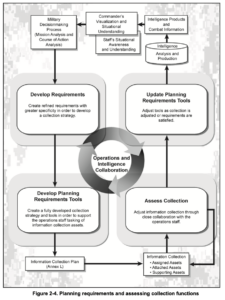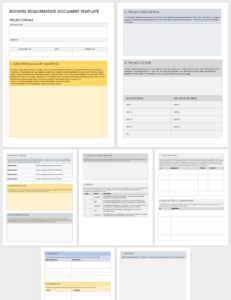Crafting a successful Business Intelligence (BI) implementation requires a comprehensive understanding of business needs and objectives. As such, gathering requirements is crucial for ensuring that the BI system aligns with your organization’s needs and delivers the desired outcomes. To streamline this process, a well-structured BI requirements gathering template can serve as an invaluable tool.
Understanding the Benefits of a Template
A comprehensive BI requirements gathering template provides several key benefits:
- Structured Approach: It ensures a systematic and organized approach to gathering requirements, ensuring that all necessary information is captured.
- Consistency: By using a predefined template, stakeholders provide responses in a consistent format, facilitating efficient analysis and comparison.
- Time-Saving: Templates eliminate the need to create requirements documents from scratch, saving time and effort.
- Improved Collaboration: By sharing the template with stakeholders, it fosters collaboration and encourages input from all relevant parties.
Key Components of a BI Requirements Gathering Template
An effective BI requirements gathering template typically includes the following sections:
- Business Objectives: Clearly define the business goals that the BI system is intended to support.
- Data Requirements: Identify the data sources, types of data, and any data quality requirements.
- Reporting and Analysis Needs: Specify the types of reports, dashboards, visualizations, and other analysis capabilities required.
- Integration Requirements: Outline any integrations necessary with existing systems or applications.
- Technical Requirements: Detail any hardware, software, or technology requirements for the BI system.
Importance of Stakeholder Involvement
Engaging stakeholders throughout the requirements gathering process is crucial. These individuals possess valuable insights into the organization’s needs and objectives. Through interviews, workshops, and surveys, stakeholders can contribute their perspectives and help define the scope and priorities of the BI system.
By involving stakeholders at every stage of the process, you foster their buy-in and ensure that the developed BI system aligns with their expectations. This collaboration ultimately leads to a more effective and user-centric solution.
Conclusion
A carefully crafted BI requirements gathering template serves as a foundational tool for successful BI implementations. By providing structure, consistency, and collaboration, it enables organizations to effectively capture their business needs and translate them into a comprehensive system that delivers actionable insights. Remember, the key to success lies in actively involving stakeholders throughout the process to ensure that the BI system truly meets their requirements and supports their decision-making.
By leveraging the benefits of a BI requirements gathering template, organizations can streamline the process, enhance stakeholder engagement, and create a BI system that drives informed decision-making and supports business growth.


